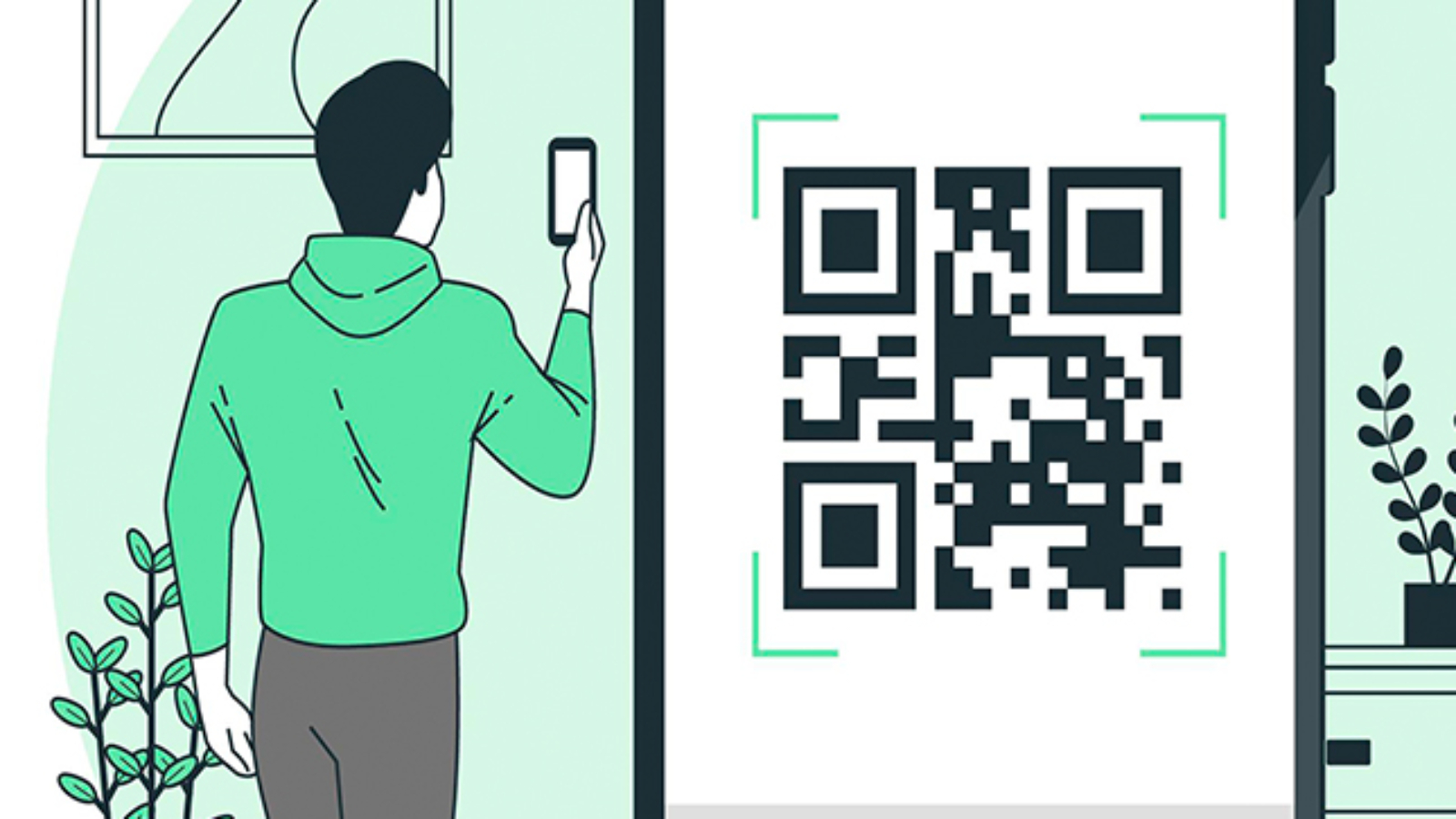How Barcode can helps you in your business ?
· Simplicity
By reducing the amount of training required for new staff members, a company can effectively reduce its overhead costs and focus on its day-to-day operations.
· Inventory Management
One of the most critical functions of barcodes is allowing businesses to access accurate stock data in real-time.
· Accurate Repricing
Accurate repricing ensures customers are not incorrectly charged, and businesses don’t lose money due to any inaccurate or incomplete manual repricing.
· Portable Convenience
In bigger warehouses, order pickers can use a lightweight, handheld barcode scanner or app to accurately capture data for what they’re moving and packing.
· Asset Security Tracking
In addition to providing accurate data on inventory levels, barcodes are critical in tracking other assets, as well as providing an element of theft deterrent by making it obvious an asset is being tracked.
· Shipment Tracking
With cutting-edge barcode technology now available, customers can check the exact location of their package in seconds and even get SMS notifications to keep them up to date proactively.
Now we’ve established what a barcode is, it’s time to look in more depth at the barcode terms you might come across.
It’s important to note that there are different types of barcodes and each one is used for specific purposes. For example, UPC barcodes are primarily used for retail products in North America, while EAN barcodes are used for retail products in Europe and other parts of the world. Also in India, the Indian Barcode Corporation is a barcode registration agency that provides barcode numbers and related services to businesses in India and in the case of UAE the EAN organization is responsible for allocating and managing the use of EAN barcodes. This organization is also responsible for managing the use of EAN barcodes in Qatar. So make sure to choose the appropriate type of barcode for your product and region. In addition to these organizations, there are also other agencies and organizations that manage the use of other types of barcodes, such as ISSN barcodes for magazines and books, and ISMN barcodes for musical scores.
Which are the different types of barcodes and how it can be used ?
Here are the different types of barcodes, ordered by the industry they are commonly used in:
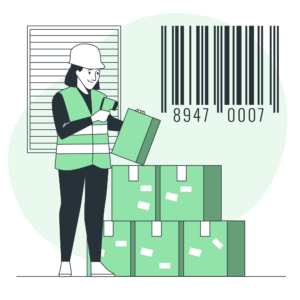
Retail Industry
UPC (Universal Product Code) Barcode: A standard barcode used for retail products in North America. It consists of a 12-digit number and is typically found on product packaging.
EAN (European Article Number) Barcode: Similar to the UPC barcode, but with a 13-digit number. It is commonly used in Europe.
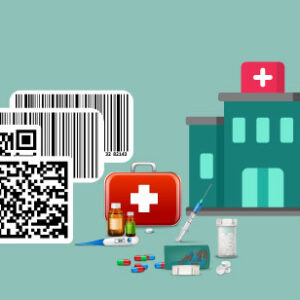
Healthcare Industry
DataMatrix Barcode: Another two-dimensional barcode that can store a lot of data in a small space. It is used in the healthcare industry to label medications and patient records.
Code 39 Barcode: A linear barcode that can encode alphanumeric characters. It is often used to label medical supplies and equipment.
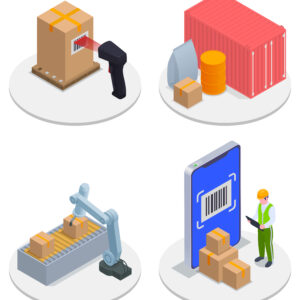
Manufacturing industry
QR (Quick Response) Code: A two-dimensional barcode that can store a large amount of information, including URLs, text, and images. It is commonly used in the manufacturing industry to track inventory and equipment.
Code 128 Barcode: Another linear barcode that can encode a large amount of information in a small space. It is often used in the manufacturing industry to label small parts and components.
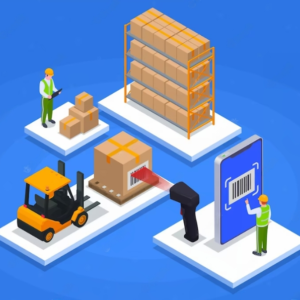
Transportation and Logistics Industry.
Code 128 Barcode: This barcode is commonly used in the transportation and logistics industry to label shipping containers, pallets, and parcels.
Interleaved 2 of 5 Barcode: A linear barcode that encodes numeric data in pairs of digits. It is often used in the logistics industry to label packages and track inventory.
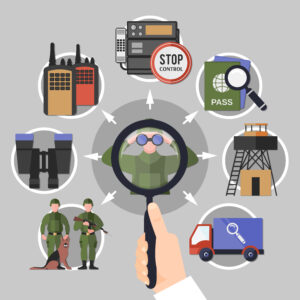
Government and Military Industry.
PDF417 Barcode: A two-dimensional barcode that can store large amounts of data, including text, images, and even audio. It is used by the government and military to encode and track sensitive information.
Code 39 Barcode: This linear barcode is also used by the government and military to label and track equipment and supplies.
How to obtain unique barcode numbers ?

- For Global barcode, you have to apply for a unique company prefix from a GS1 Member Organization. GS1 is a global organization that manages the standards for barcodes. You can find the GS1 member organization in your country or region and apply for a company prefix through their website. Visit the following URLs for
- India – https://www.gs1india.org/
- UAE – https://www.gs1ae.org/
- USA – https://www.gs1us.org/
- Once you receive your company prefix, you can create unique product codes by combining your company prefix with a unique product number.
- Use a barcode generator to create your barcode image. May be your Inventory Management software can generate and print barcodes labels. If not, you can use ‘Flaps – for business” software which can be used to record your inventory details and easily generate and print Barcode Labels of any size and quantity.
- Test your barcode to ensure that it scans correctly. You can use a barcode scanner to test your barcode and make sure that it can be read by any barcode scanner.
- Register your product and barcode with retailers and distributors. This will ensure that your products can be tracked and managed correctly throughout the supply chain.
So, in conclusion,
- Barcodes are a series of lines and spaces that encode information such as the product name, manufacturer, and price. You can create your own barcode by purchasing a unique barcode number from a barcode registration agency and then using a barcode generator to create the actual barcode image.
- Barcodes identify products almost instantly without having to type in long product codes. You might receive a product and scan it directly to inventory, scan to check stock, or scan to look up orders.
- GS1 license GTINs that are encoded into barcodes, which include your unique company prefix, so your company can be identified as the owner of the barcode. You can purchase one or multiple GS1 GTINs depending on your needs, and in the format, you want, including UPC.
- Once you have your barcodes,use a barcode generator to create your barcode image. May be your Inventory Management software can generate and print barcodes labels. If not, you can use ‘Flaps – for business” software which can be used to record your inventory details and easily generate and print Barcode Labels of any size and quantity.
- Barcoding might present some unfamiliar terms, but it doesn’t need to be difficult. With a GS1-registered US barcode, and a system like FLAPS, you can be ready to scan in no time.
By utilising the barcode systems into your business can greatly improve efficiency and effective process, eventually leading to increased financial success. Here’s wishing you all the success in your future endeavors.
